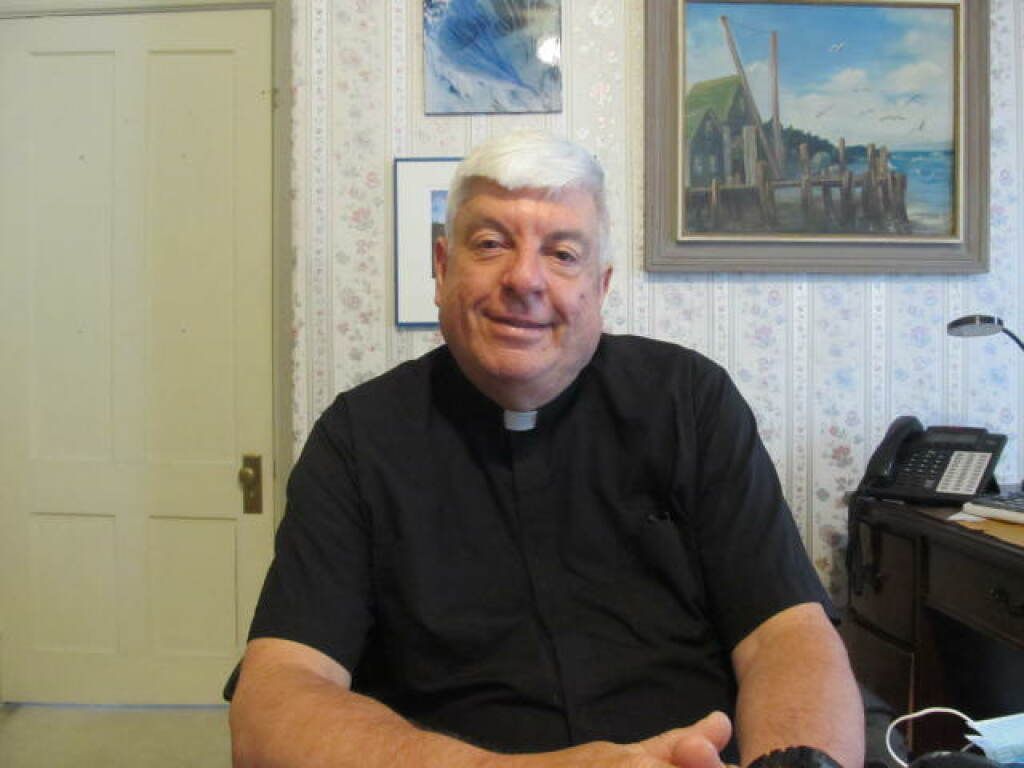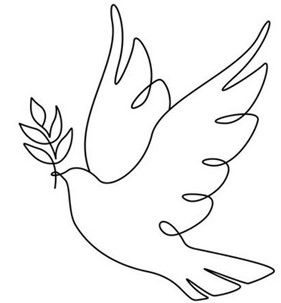 Entrance by Donkey
Entrance by Donkey
I’d like to do something a little different today, and that is to reflect on the gospel we started with about Jesus’ entrance into Jerusalem, clarifying some of its details.
For example, why did Jesus come riding in on a donkey? One reason is that the text itself refers to a prophecy from the writings of Zechariah about the king coming on a lowly animal. The idea is that Jesus comes in peace. A conquering general, or a victorious earthly king, would have a triumphal procession, and he would be riding a horse, most likely a horse used in battle.
Jesus, nonetheless, is being received as a god or a king. This is indicated by the signs of respect, the cloaks and tree branches that are laid out for him to enter on—sort of like a red carpet. The crowds use the word “Hosanna” in their song, a word meaning “save us.” And, there is a reference to King David, because the expected Messiah was supposed to be a descendant of the great King David.
There is a lot of curiosity among the members of the crowd. Some ask, “Who is this?” And we find that, ultimately, they do not really grasp who Jesus is. It would seem that they are expecting a political Messiah, a mighty one who would lead a great army and free Israel from the oppression of Rome. But Jesus is about something far greater: he is about to bring a salvation that leads into eternity, and far outweighs any temporary benefits we could experience in this world.
Jesus arrives in humility, as one who came to serve, as the one who would wash his disciples’ feet, as one riding a beast of burden, signifying that he would bear our burdens.
If you want a modern comparison to Jesus’ riding on a donkey, think of the visit by Pope Francis to the United States in 2015. You may remember, when they showed the parade of cars in which the dignitaries would be riding, everyone else had limousines or huge SUV’s. Then in the middle of them was a puny car, a Fiat 500L, a petite, compact sedan. Pope Francis came to us riding a twenty-first century donkey. That image was worth a million words: the Church is called to serve others, to build up those who have been knocked down by life, to be a voice for the voiceless, a source of hope for those who have very little, to follow the example of our Savior who rides a donkey, and the example of our Pope who rides in a compact car.
You might also like
Father's Homilies




